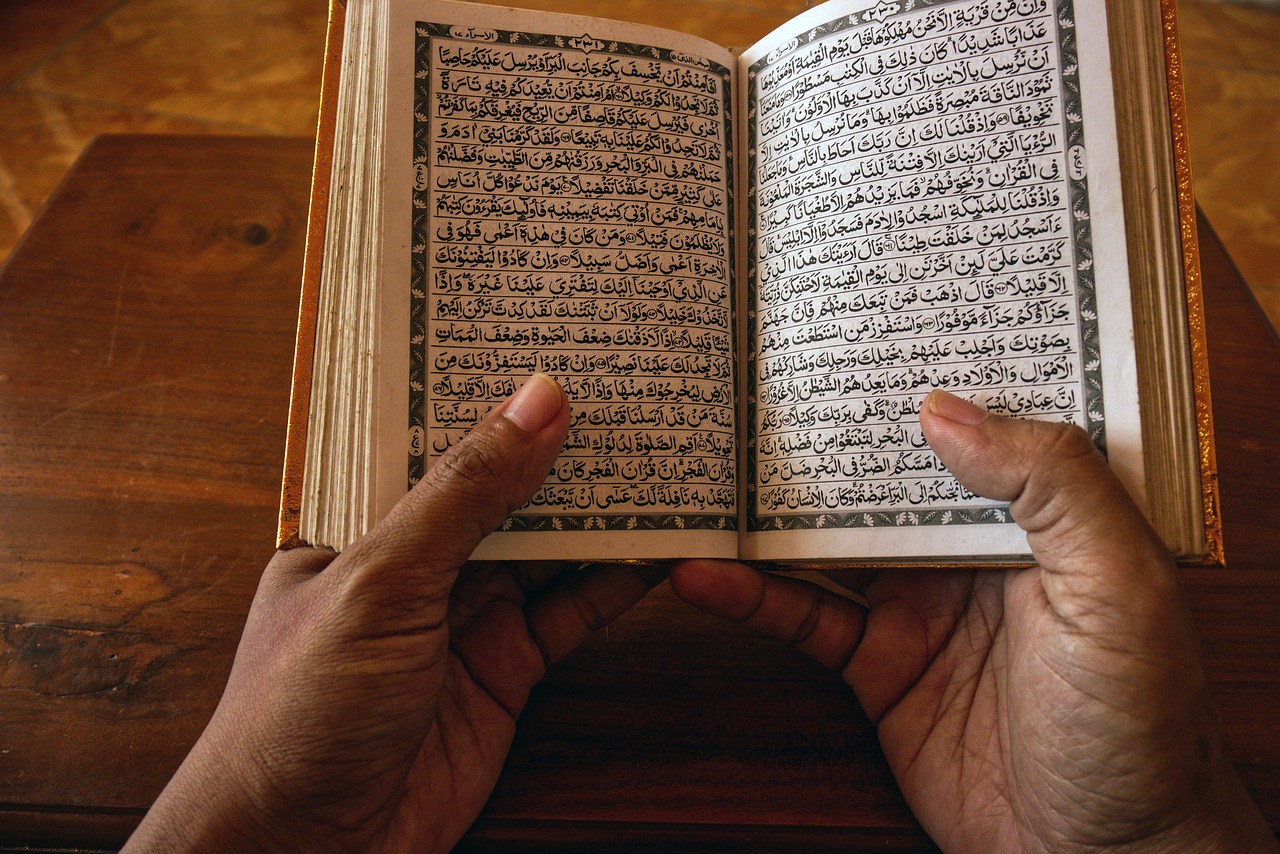Original article (in Slovenian) was published on 3/7/2025; Author: Aljaž Primožič
Marjan Smrke, who teaches comparative religion and sociology of religion at the Faculty of Social Sciences, explained that sharia law cannot be regarded as a single, uniform legal system.
Slovenian member of the European Parliament Branko Grims shared a post on the social media platform X on 13 June quoting Ayatollah Khomeini, the late Iranian religious and political leader. The quote referred to the possibility of marriage and sexual relations with underage girls who had not yet reached puberty. Khomeini distinguished between the prohibition of penetration and other permitted sexual acts, such as kissing, foreplay, and rubbing. Grims captioned the post: “Welcome to the basics of sharia ‘law’.”
Marianne Bøe, a scholar of religion at the University of Bergen in Norway, wrote in her 2015 monograph that sharia is a multi-layered concept. Muslims believe it reflects the idea of divine law governing their religious and ethical conduct. At the same time, it represents a legal system that regulates economic, political, and religious aspects of society as well as interpersonal relationships. It is based on the teachings of the Quran and the example of the Prophet Muhammad and consists of various interpretations of religious legal norms.
According to a 2016 report by the Centre for Research and Evidence on Security Threats, which is funded by the UK Home Office, Islam split in the 9th century due to disagreements over the succession of authority after Muhammad’s death. This led to the emergence of Sunni Islam – the more widespread branch – and Shia Islam, which is predominant in five countries: Iran, Bahrain, Azerbaijan, Iraq, and Lebanon. While both branches recognize sharia law, their interpretations differ in certain aspects.
Marjan Smrke, who teaches comparative religion and sociology of religion at the Faculty of Social Sciences, University of Ljubljana, similarly explained to Razkrinkavanje.si that sharia law is not a unified system but consists of different traditions and interpretations.
When it comes to matters such as sexual maturity and marriageable age, the legal framework in Shia Islam – as applied in Iran – is hierarchical. The Quran is considered first, followed by the prophet’s sayings (hadiths), and lastly, legal interpretations (fatwas). According to Smrke, the Quran offers no clear guidance regarding a girl’s sexual maturity, so decisions often rely on various hadiths and fatwas.
He emphasized that interpretations of sharia law are often shaped by the political context. Even within Shia Islam, the influence of sharia on state legislation is not consistent, which is reflected in varying legal age requirements for marriage. In Azerbaijan, for example, the marriageable age is 18 for both sexes; in Kuwait, it is 17 for boys and 15 for girls; in Syria, it is 15 for boys and 13 for girls.
Smrke also noted that Iran’s marriageable age has changed over time. Under the Pahlavi regime (from the 1920s until the Islamic Revolution in 1979), the age was higher, 15 for girls and 18 for boys. After the revolution, Ayatollah Khomeini lowered it to 13 and 15 respectively, which remains codified in Iran’s civil law to this day. As a matter of exception, marriage for girls as young as nine is allowed, but only with the approval of both the girl’s father and a court.
Amira Mashhour, a former lecturer at Indiana University Indianapolis, explained in a May 2005 paper published in the peer-reviewed journal Human Rights Quarterly that while Muslims share common religious principles, it is the political, economic, and cultural differences that shape varying understandings and implementations of Islam, including the role of women in sharia law.
She stressed that the Quran clearly determines the equality of religious duties, rewards, and punishments before God for both men and women. However, many legal provisions, such as honour laws, violate women’s rights in practice and contradict the core Islamic ideals of justice.
Smrke described Grims’ post as irrational and intended to justify the deterioration of relations between the United States, Israel, and Iran. He noted that such statements overlook similar problems in Israel and elsewhere, including comparable practices within the Roman Catholic Church.
To illustrate this, he cited the example of Orthodox Jewish groups, such as the Hasidim, who have clashed with the Israeli state after marriageable age was set at 18 in 2013. Among these communities, secret marriages still occur and are only officially registered once both parties reach the legal age.
We have informed Grims of our findings and will publish his response once we have received it.
The claim that the quote from Ayatollah Khomeini represents the basics of sharia law is misleading. Sexual relations with prepubescent girls are not a general feature of the sharia legal system. This is a specific interpretation rooted in a particular historical and legal context and differs significantly from other interpretations across the Muslim world.



